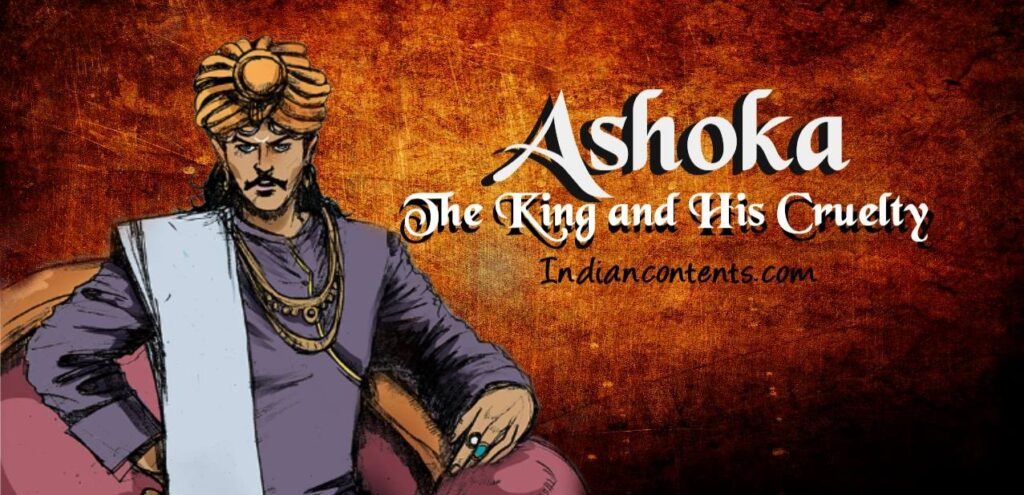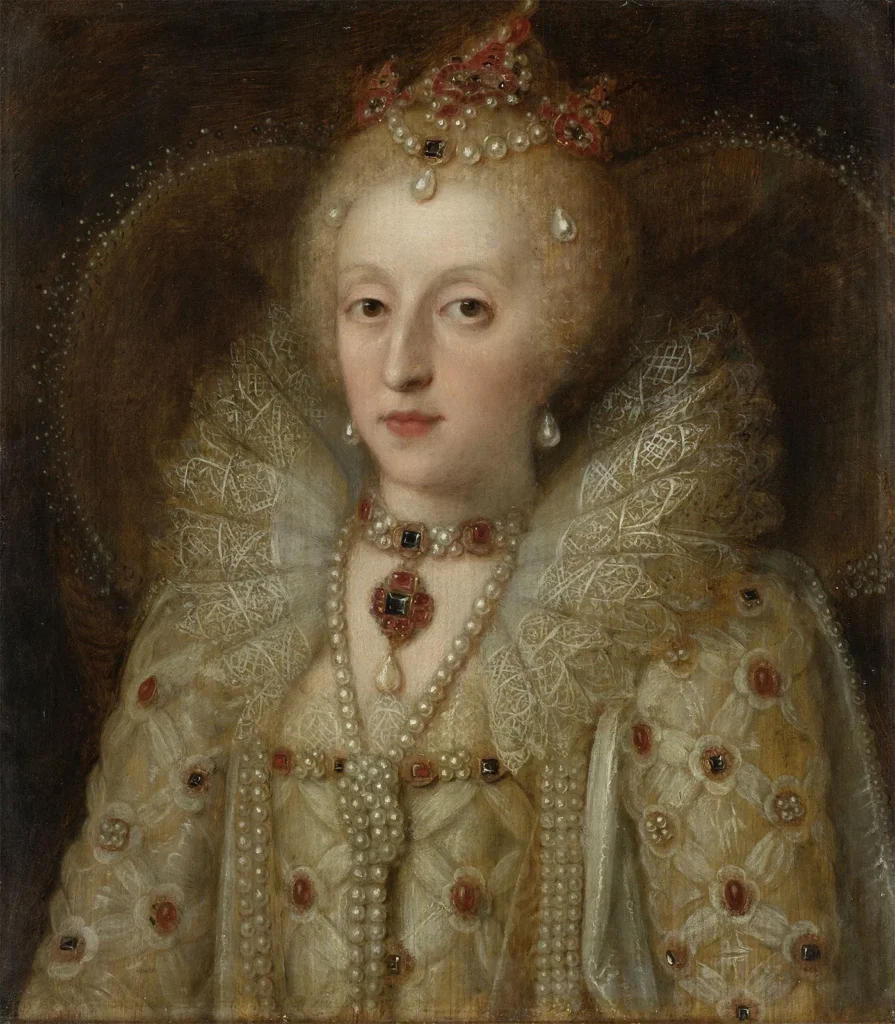Introduction:
The Mauryan Empire stands as a pivotal chapter in the annals of Indian history, representing a golden age of political unity, administrative innovation, and cultural flourishing. Spanning from approximately 322 BCE to 185 BCE, the Mauryan Empire emerged as the preeminent power in ancient India under the leadership of Chandragupta Maurya, his grandson Ashoka the Great, and subsequent rulers. In this comprehensive exploration, we delve into the origins, expansion, administration, cultural achievements, and enduring legacy of the Mauryan Empire, uncovering the complexities and grandeur of this illustrious dynasty.
1. Origins and Rise of the Mauryan Empire:
The Mauryan Empire traces its origins to the political upheaval that followed the decline of the Nanda dynasty in ancient India. Chandragupta Maurya, a young and ambitious adventurer, seized the opportunity to challenge Nanda hegemony and establish his own kingdom. With the guidance of his mentor, the statesman Chanakya, Chandragupta assembled a formidable army and embarked on a series of military campaigns to expand his realm.
In 322 BCE, Chandragupta Maurya defeated the last Nanda king, Dhana Nanda, and ascended to the throne as the founder of the Mauryan Empire. His conquests encompassed much of northern India, including the fertile Gangetic plains and the strategic city of Pataliputra (modern-day Patna), which served as the imperial capital.
2. Expansion and Consolidation:
Under the reign of Chandragupta Maurya and his successors, the Mauryan Empire experienced a period of unprecedented expansion and consolidation. Chandragupta’s grandson, Ashoka the Great, is particularly renowned for his conquests in eastern and southern India, which extended Mauryan influence to the far reaches of the subcontinent.
Ashoka’s conquest of Kalinga in 261 BCE, however, proved to be a turning point in Mauryan history. The brutality and devastation of the Kalinga War compelled Ashoka to renounce violence and embrace the path of dharma, or righteous rule, marking the beginning of his transformation into one of history’s most iconic figures.
3. Administration and Governance:
Central to the success of the Mauryan Empire was its efficient administrative machinery, which facilitated governance over vast and diverse territories. Chandragupta Maurya established a centralized bureaucracy composed of ministers, officials, and administrators tasked with the day-to-day affairs of the empire.
Ashoka the Great further refined the administrative structure, dividing the empire into provinces governed by appointed officials known as “pradeshikas.” These officials were responsible for tax collection, law enforcement, and public welfare within their respective jurisdictions, ensuring effective governance and adherence to imperial policies.
4. Cultural Achievements and Legacy:
The Mauryan Empire was not only a political and military powerhouse but also a cultural and intellectual center that fostered artistic expression, religious tolerance, and philosophical inquiry. Ashoka’s patronage of Buddhism, in particular, contributed to the spread of the faith across India and beyond, leading to the construction of numerous stupas, monasteries, and edicts that served as enduring symbols of Mauryan cultural heritage.
The Mauryan period witnessed significant advancements in architecture, sculpture, and literature, with the construction of monumental structures such as the Great Stupa at Sanchi and the rock-cut caves at Ajanta and Ellora. Mauryan art and architecture reflected a synthesis of indigenous and foreign influences, showcasing the empire’s cosmopolitan ethos and cultural diversity.
5. Decline and Aftermath:
The decline of the Mauryan Empire began in the aftermath of Ashoka’s death in 232 BCE, marked by succession disputes, internal strife, and external invasions. Ashoka’s successors proved incapable of maintaining the unity and stability of the empire, leading to its gradual fragmentation and eventual collapse.
The Mauryan Empire’s demise paved the way for the emergence of regional powers and the disintegration of centralized authority in India. However, the legacy of the Mauryan Empire endured, influencing subsequent dynasties and shaping the course of Indian history for centuries to come.
Conclusion:
In conclusion, the Mauryan Empire stands as a beacon of civilization and enlightenment in ancient India, embodying the ideals of political unity, administrative efficiency, and cultural prosperity. From its humble origins under Chandragupta Maurya to its zenith under Ashoka the Great, the Mauryan Empire left an indelible mark on the history and culture of the Indian subcontinent, serving as a testament to the enduring legacy of one of history’s greatest dynasties.






